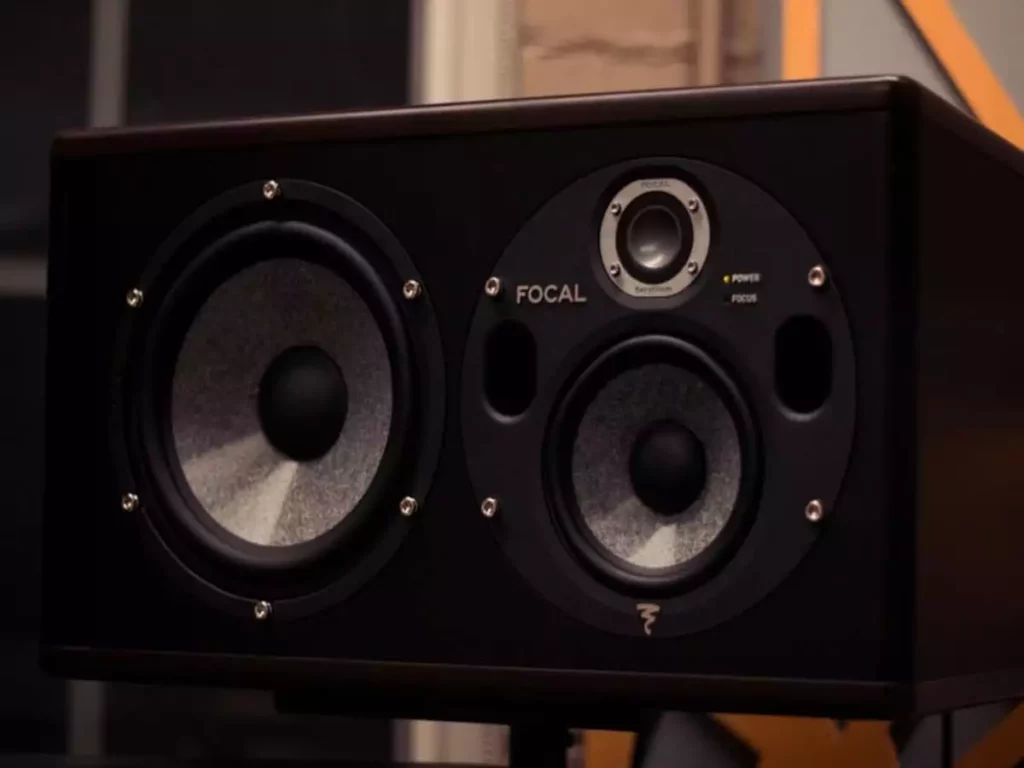Given a bass knob’s importance, one dreads it being in a position where it isn’t working. That’s why one wants to find out if it is a possibility.
So, can a bass knob go bad? That’s the main focus of this article.
It will also highlight its importance as well as other vital controls. So, check it out to learn more about all that.
The Importance of a Bass Knob
The bass knob on your guitar is used to control its volume. Additionally, it comes in handy when controlling the tone.
The bass knob is responsible for adjusting low-end frequencies. If you increase it, expect the bass sound to get boomy.
In some guitars, it regulates both the bass and the treble. Remember that despite the adjustments,
Can a Bass Knob Go Bad?
Yes, a bass knob will usually go bad over time due to wear and tear. Consequently, it becomes hard to adjust the bass sounds, and it could sometimes get noisy when adjusting it.
Sometimes the source of the problem is corrosion. Since it is made of copper and bound to rust over time.
There is also a possibility of dust particles accumulating over time. Another possibility is the knob breaking, especially if you aren’t careful, thus making it rough when adjusting your bass sound.
In other cases, the issue has nothing to do with the knob. It could be a loose or bad connection regarding the respective cable or connector.
Sometimes, the knob’s groves can’t turn the potentiometer; hence no impact regardless of turning it up or down. A loosely attached nut can also hinder the knob from spinning accordingly.
The bass knob issue could also emanate from other tiny components that complement its working. The bottom line is that various reasons can cause the bass knob to go bad.
How to Fix a Bad Bass Knob
When the bass knob goes bad, all is not lost. After all, some fixes can do the trick, and they include the following;
- Cleaning the bass knob to remove any dirt or rust
- Reheating bad connections to fix its ground connections
- Sometimes, using the reset button can also fix this problem
- Ensure that all the connectors and cables are well connected
- Use gorilla glue and baking powder to fix its groves
- Tighten any loose nut
- If you don’t have the courage, skills, or time to fix it yourself, consider professional assistants from the experts
- If nothing else works, consider replacing the knob.
How to Replace Bass Knobs
Sometimes, it can’t be fixed once the bass knob goes bad. So, the only solution would be to replace it.
Fortunately, you won’t need to break the bank to afford a new bass knob. However, be careful when choosing one to ensure that
First, remove the bad knob by unscrewing it and turning it anticlockwise. Only pull it out of its shaft after unscrewing it completely to avoid further damage.
Alternatively, use a knob puller to extract it. Then, replace it with the new bass knob and screw it by turning it clockwise.
Remember to tighten every nut to avoid a situation of failure. This procedure also applies to other knobs if they go bad too.
Other Bass Guitar Knobs
Besides the bass knob, a guitar usually has other knobs. The types of controls depend on the bass guitar you own.
The most common ones are volume control and its tone counterpart. Regarding volume control, some guitars have two for every pickup, whereas others have one for the pair of pickups, hence known as master volume control.
The number of knobs ranges from 1 to 5 on average, but some guitars have more than that. Here’s a summary of common knobs in a bass guitar;
Master Volume
One uses the knob to adjust the pickup. Use it accordingly, depending on how loud or low you want it to be.
You might find a bass with a pair of volume controls. Don’t overlook any of them since blending their sounds is ideal for the tone.
Adjusting the two perfectly gives you a balanced effect responsible for a great writing experience. One can’t insist on using both pickups and striking the perfect balance.
Blend
It is a common knob in bass guitars with only one volume control and two pickups. It can give you several outcomes depending on how you adjust it.
For instance, if you roll the knob towards the neck, that activates its neck pickup. As for the bridge pickup, roll the blend knob towards the bridge to activate it.
On the other hand, roll the knob at the center to balance the neck and the bridge pickups. The bridge pickup sound is crisp and punchy, whereas its neck counterpart is relatively mellow.
Mids
This knob gives the tone more definition once you increase it. As the name suggests, it adjusts mid-range frequencies.
Tone
The single-tone control is common on simple layouts. The knob comes in handy when adjusting treble frequencies.
If you decrease it, expect the bass sound to turn less harsh and sharp. On the contrary, it turns out quite mellow.
Treble
The treble knob’s role is to adjust high-range frequencies. Upon turning it down, your bass sound becomes mellow.
Equally important, turning it up makes the bass harsh.
Power Switch
Whereas you won’t find it in all bass guitars, some have it. You will find it on active bass guitars for switching from passive to active mode.
Tap or Coil Split
It is common for bass guitars with humbuckers responsible for splitting them. It ensures the sound is brighter and thinner, similar to a single coil pickup.
What Are The Common Controls In Various Bass Guitars?
They are several of them, including the following;
- One pickup and three controls
- One pickup and two controls
- Three pickups
- Two pickups and five controls
- Two pickups and four controls
- Two pickups and three controls
Despite having split pickups, the control is considered a single pickup. So, the number of pickups mentioned above represents several pickup positions that are also separate.





